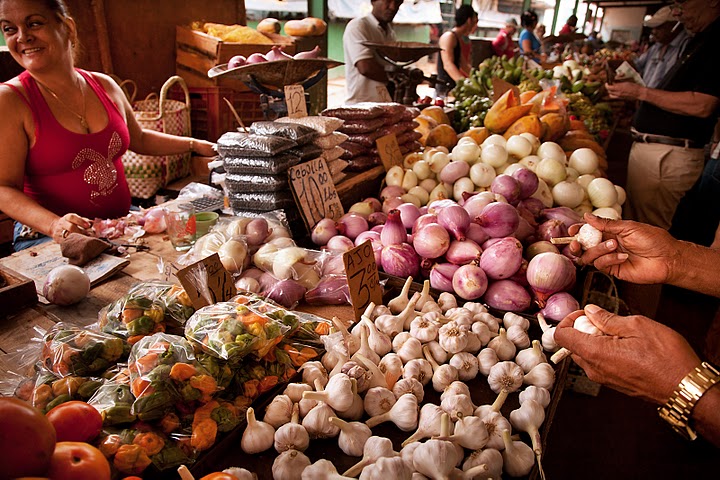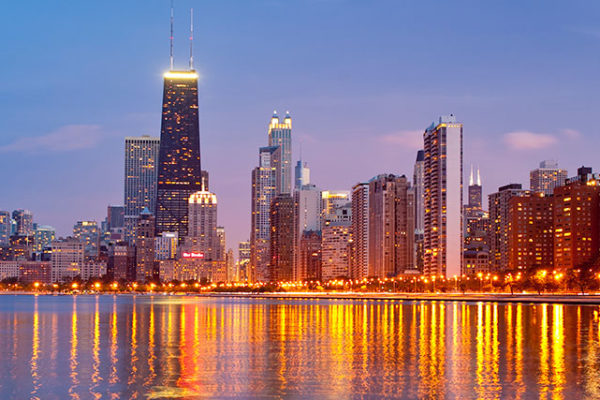Cuba, a Spanish speaking Caribbean island, is a very unique place. Its history and heritage is distinct compared to surrounding nations. This is remarkably so in the way Cubans grow their food.
Back in 2008 I attended an interesting presentation in London by Roberto Pérez Rivero, who works with the Fundación Antonio Núñez Jiménez, a Cuban NGO that focuses on culture and the environment. So, I would like to share with you key learning from his talk that you can keep in mind when you one day travel to Cuba.





